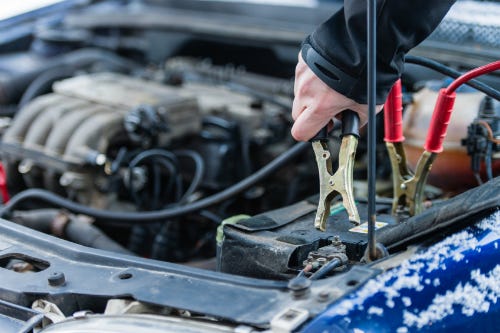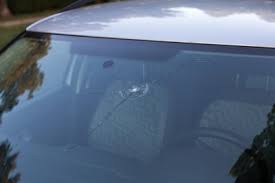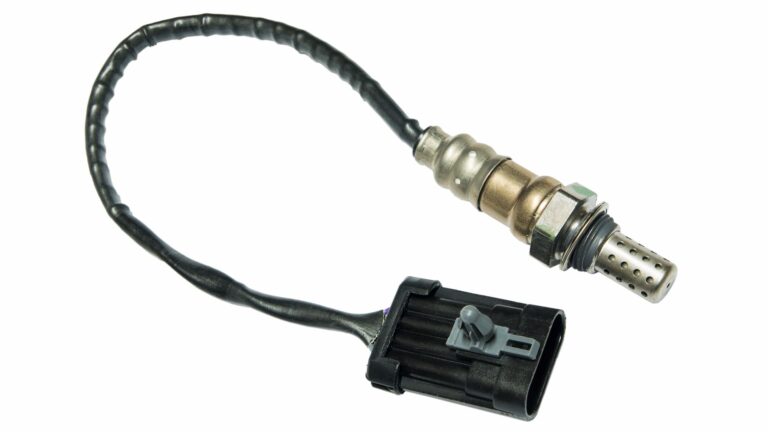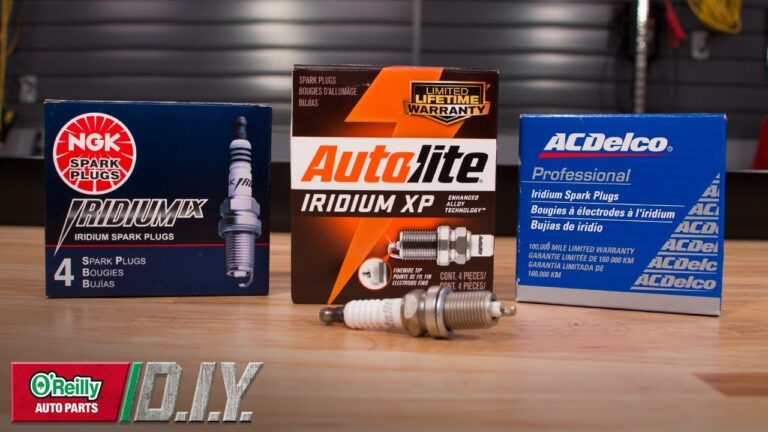Can I Use Jumper Cables in the Rain?

Jump-starting a car can be a lifesaver when your battery dies, but you might be wondering if it’s safe to use jumper cables in the rain. Whether you’re stuck on the side of the road or need a quick fix in less-than-ideal weather conditions, it’s important to understand the risks involved with jump-starting your vehicle in the rain. Let’s dive into the details of whether you can use jumper cables in the rain and how to do it safely.
Is It Safe to Use Jumper Cables in the Rain?
The short answer is: Yes, you can use jumper cables in the rain, but caution is needed. Jumper cables are generally safe to use in wet conditions, but there are important safety considerations to keep in mind when performing the jump-start.
Electrical Safety and Waterproofing
While jumper cables themselves are not specifically designed to be waterproof, they are made with rubber insulation, which helps prevent accidental shocks or short circuits. However, you still need to take extra precautions when using them in the rain:
- Avoid Direct Contact with Water: Make sure the clamps of the jumper cables don’t touch standing water or puddles. Water is a good conductor of electricity, and standing water near the battery can increase the risk of electrical shock or short circuits.
- Waterproofing the Battery Terminals: Car batteries themselves are sealed and can handle some exposure to water. However, it’s best to ensure that the battery terminals are dry before attaching jumper cables. Wet battery terminals can make it harder for the clamps to create a solid connection.
Proper Grounding is Key
When jump-starting your car, one of the essential steps is connecting the negative cable to an unpainted metal surface on your car’s frame or engine. This is the ground connection. It’s important that the ground connection is made on a clean, dry surface. If the area you’re connecting to is wet or rusted, it could hinder the connection and make the jump-start less effective.
Tips for Jump-Starting Your Car in the Rain
If you find yourself in a situation where you need to use jumper cables in the rain, follow these steps to minimize risk and ensure a safe jump-start:
1. Position the Cars Properly
Ensure the two vehicles are parked close enough to allow the jumper cables to reach both batteries. Avoid standing in puddles or on wet ground when connecting the cables to the vehicles.
2. Protect the Jumper Cable Clamps
To prevent water from coming into contact with the battery or jumper cable clamps, use a cloth or towel to wipe down the battery terminals before connecting the cables. This helps maintain a solid connection and prevents corrosion or a poor connection due to moisture.
3. Keep Your Hands Dry
Always try to keep your hands dry while working with jumper cables, especially if the ground or car is wet. This reduces the risk of electric shock. If necessary, use rubber gloves to provide an extra layer of protection.
4. Ensure a Proper Ground Connection
As mentioned earlier, connect the negative (black) cable to a solid metal ground on the vehicle. It should be dry and free from rust or debris to ensure a secure connection.
5. Avoid Getting Your Feet Wet
Be mindful of where you’re standing. Try to stand on dry ground or on a rubber mat to minimize any risk of electrical shock if water is near the vehicle.
What to Avoid When Using Jumper Cables in the Rain
While it’s generally safe to use jumper cables in the rain, there are a few things you should avoid to ensure your safety:
1. Never Let the Jumper Cable Clamps Touch Each Other
When jump-starting a car, it’s crucial that the positive and negative clamps don’t touch each other, especially in wet conditions. If the clamps accidentally touch, it can cause a short circuit or spark, which could be dangerous. Make sure the cables are securely attached to the battery terminals before making the final connections.
2. Don’t Jump-Start in Excessive Water or Flooded Conditions
If you find yourself in a situation where your vehicle is surrounded by large amounts of water, do not attempt to jump-start your car. Excessive water can damage electrical components in both vehicles and pose a serious risk of shock. If there’s flooding, it’s best to wait until the situation improves or call a professional for assistance.
3. Avoid Standing in Wet Areas
Always be cautious about where you’re standing while using jumper cables. Water is a conductor of electricity, and standing in water could increase the risk of shock. Try to stay on a dry, solid surface when handling the jumper cables.
Conclusion
Yes, you can use jumper cables in the rain, but it’s important to take necessary precautions to avoid electrical shock and ensure the process goes smoothly. Make sure the battery terminals are dry, keep your hands and feet dry, and ensure a solid connection to the ground. While it’s safe to jump-start your car in light rain, avoid doing so in heavy water or flooded conditions, as this could damage the vehicles or pose significant safety risks.
By following these tips, you can safely use jumper cables in the rain and get your car running again without any problems. Stay safe, and always make sure you have the proper equipment for a jump-start, especially in inclement weather.
Also Check:
• Will Warming Up a Car Battery Help It Start?





